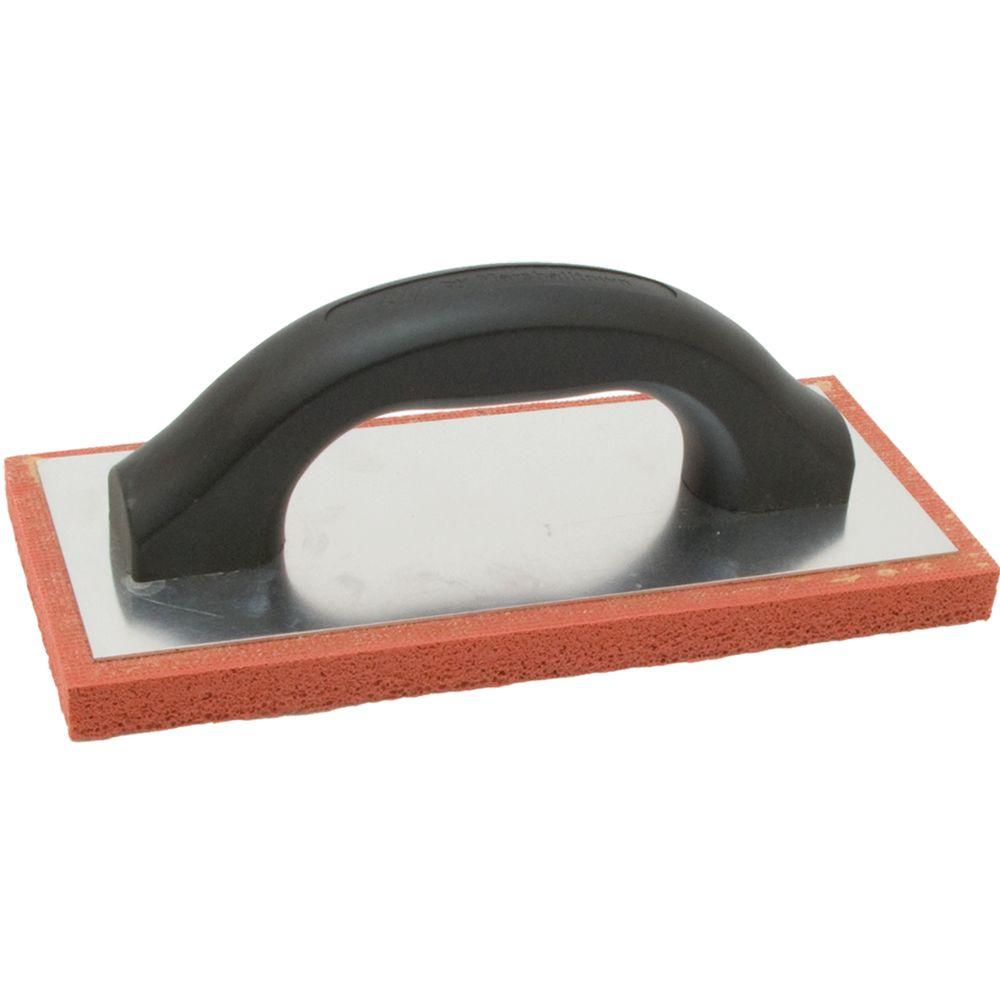I was just running a 5" wide piece of white oak taking 1mm per pass. This my the first serious use on the A3-31. As the rough sawn board started flattening it got pretty hard to push it through. I sprayed it with Felder Supergleit and rubbed it in. No difference in resistance. I'm thinking about wet sanding it smooth. Bad idea? Good idea? Leave it alone?




 Reply With Quote
Reply With Quote







